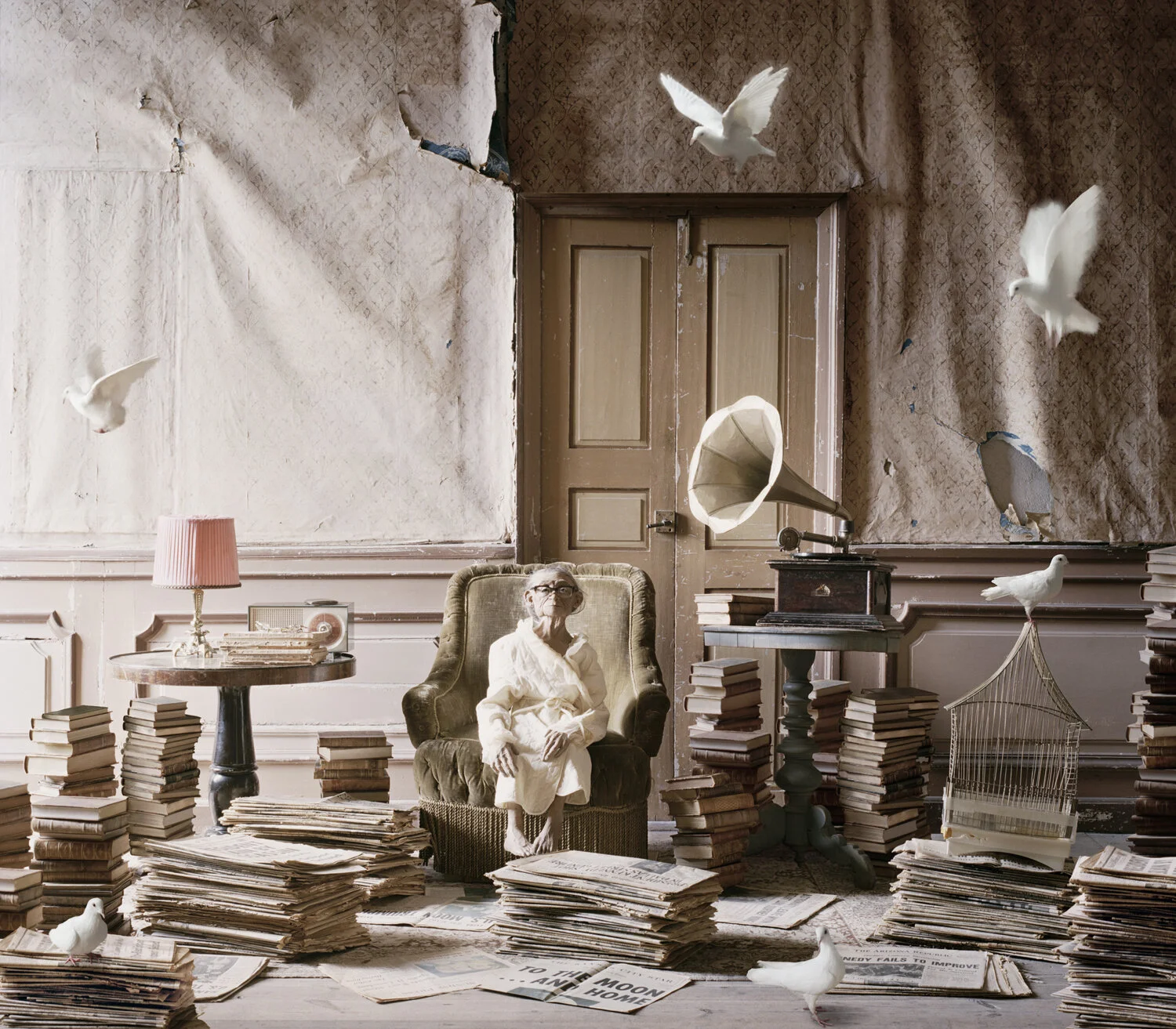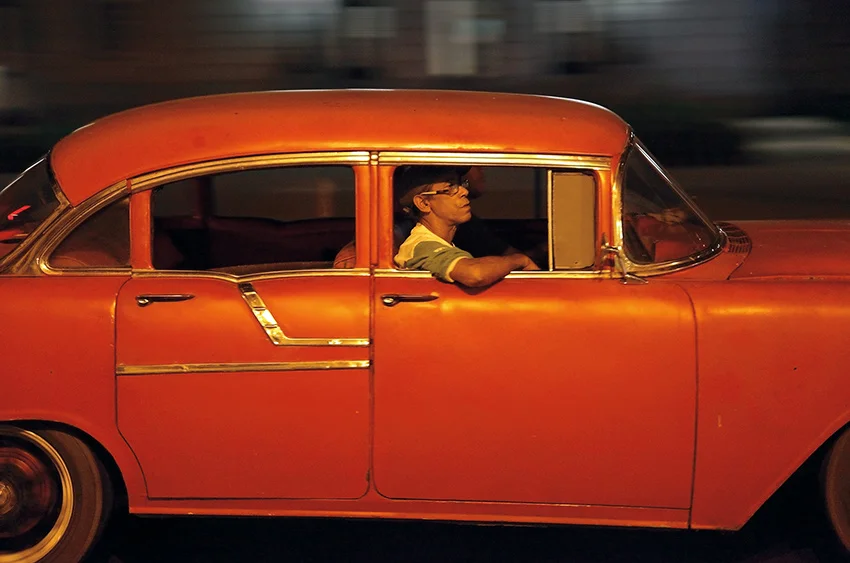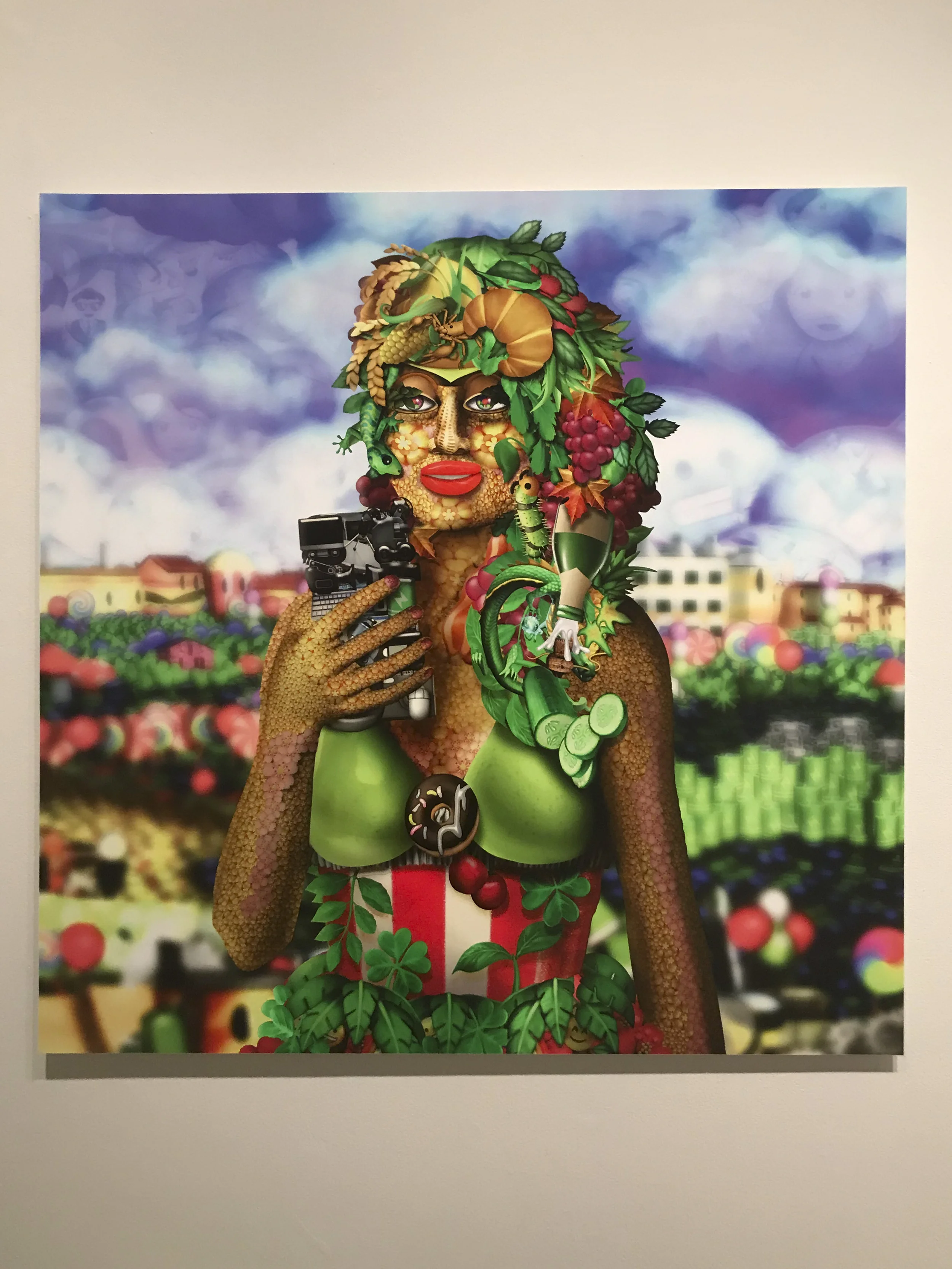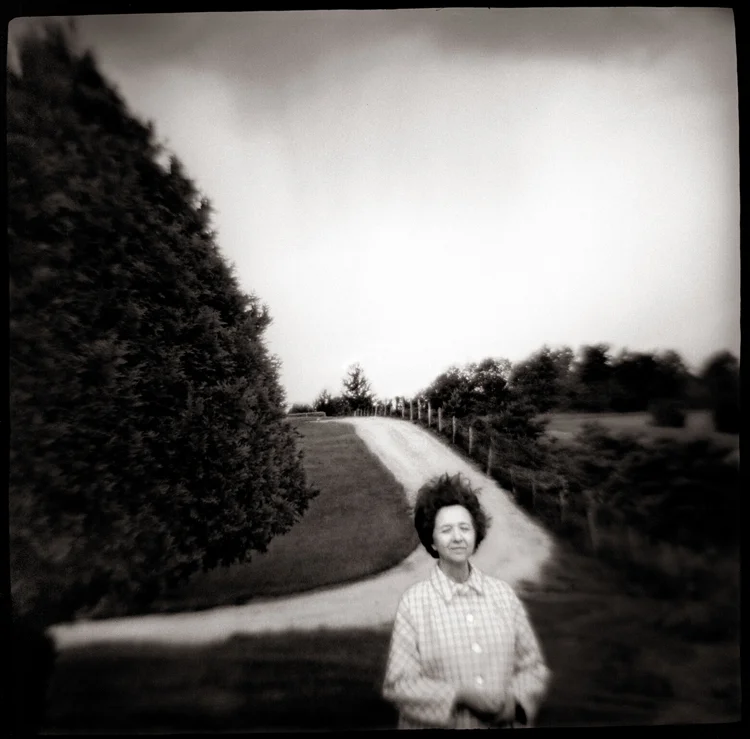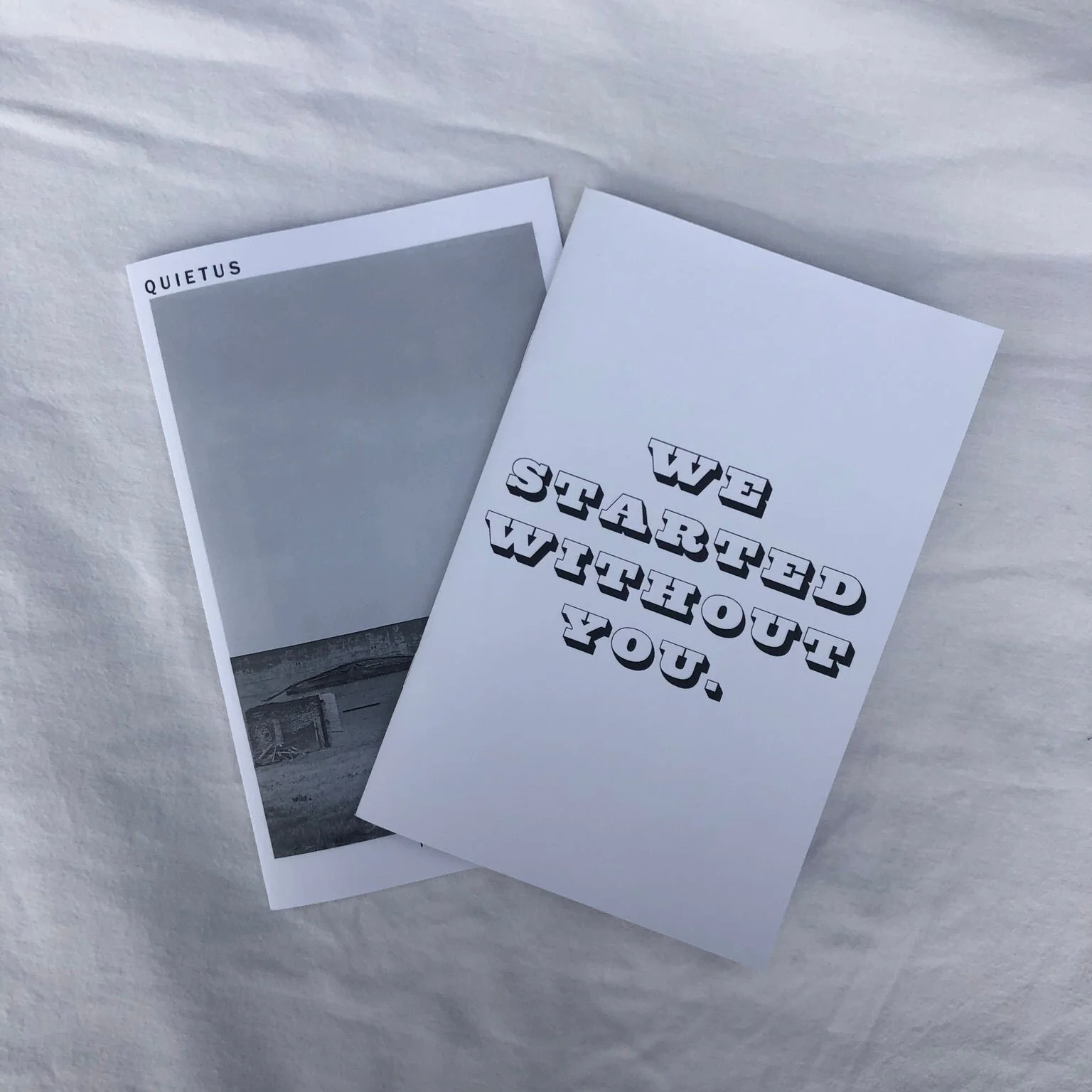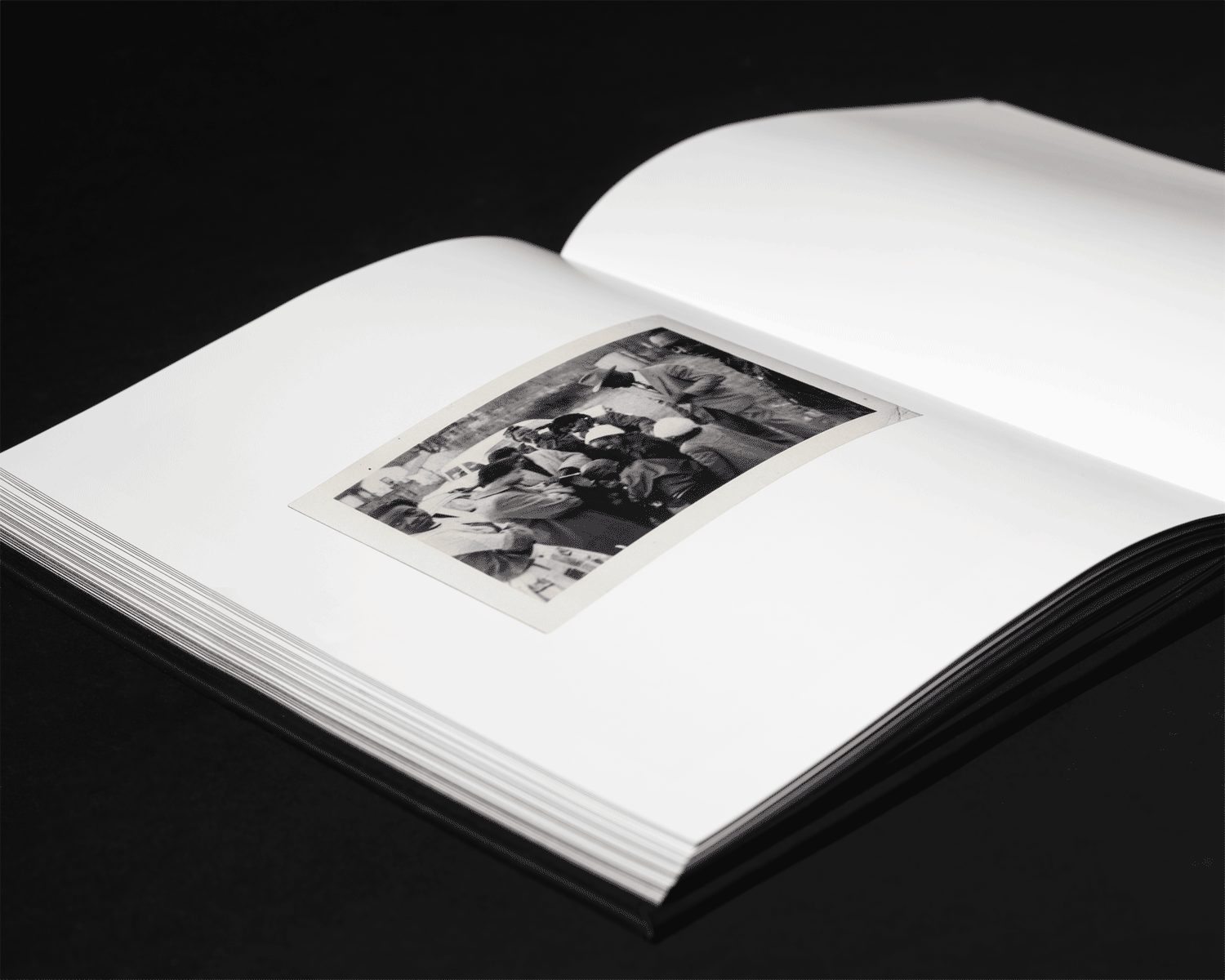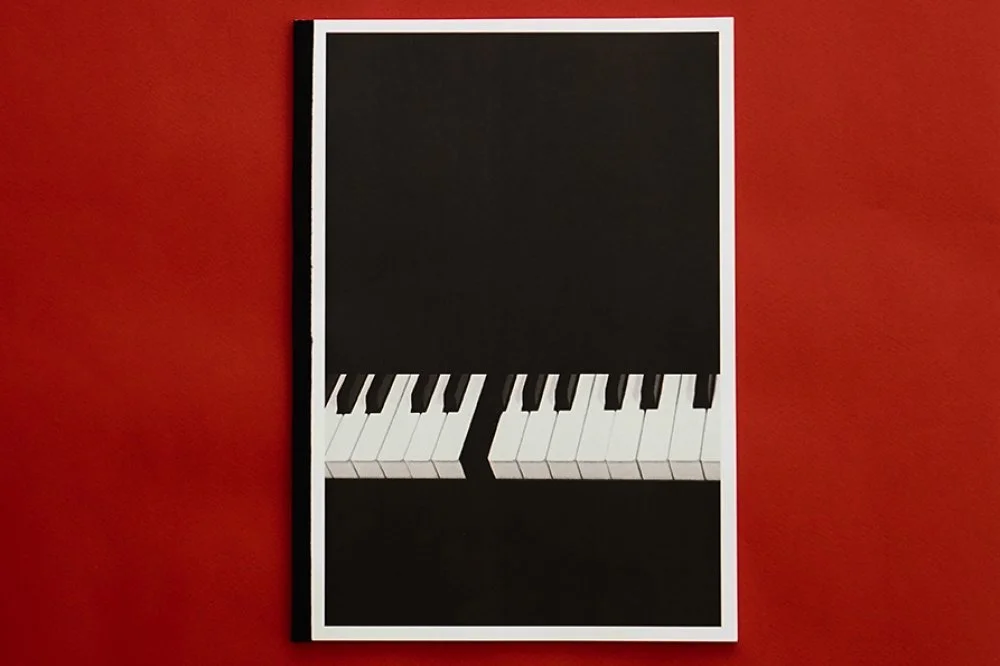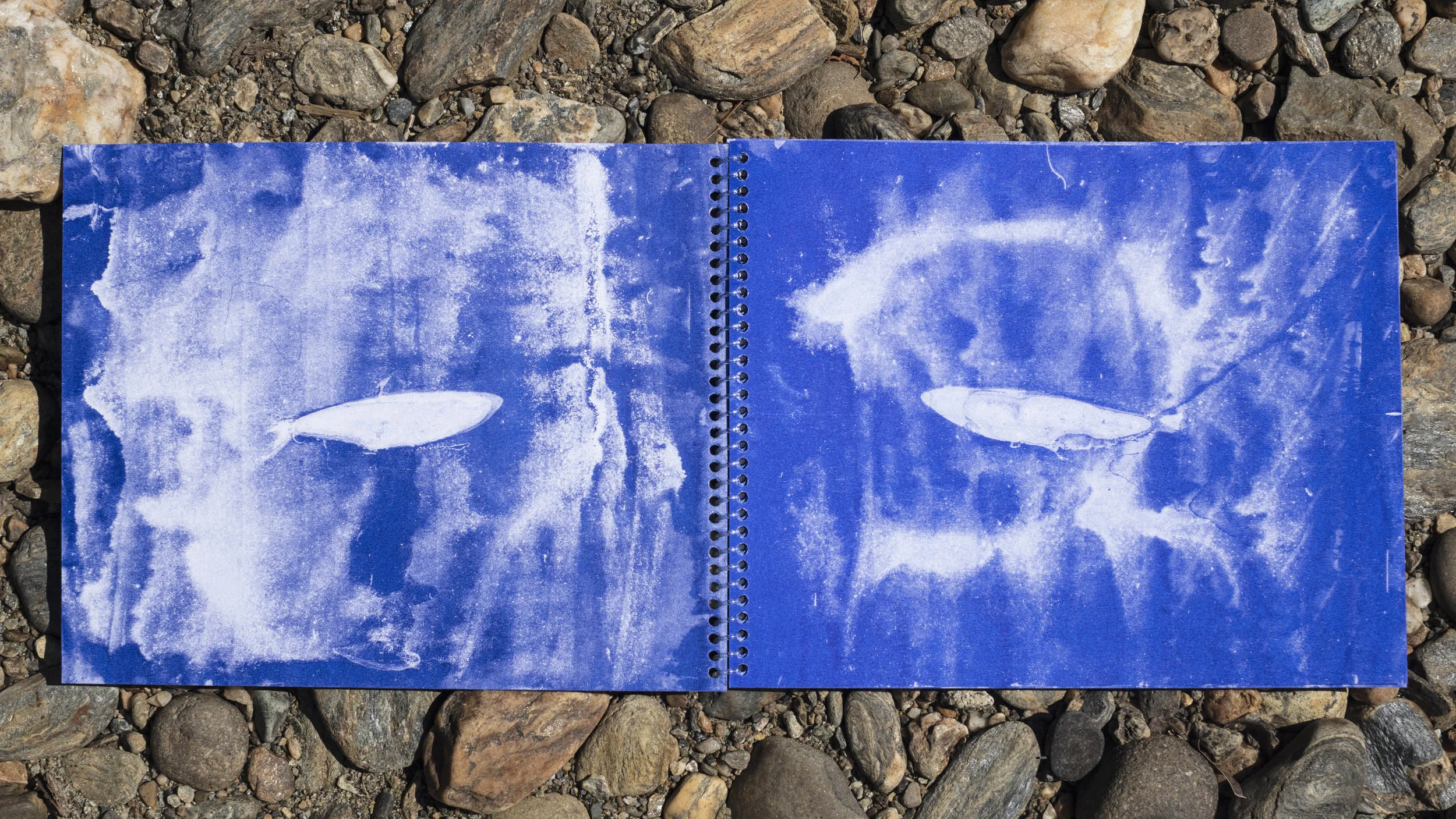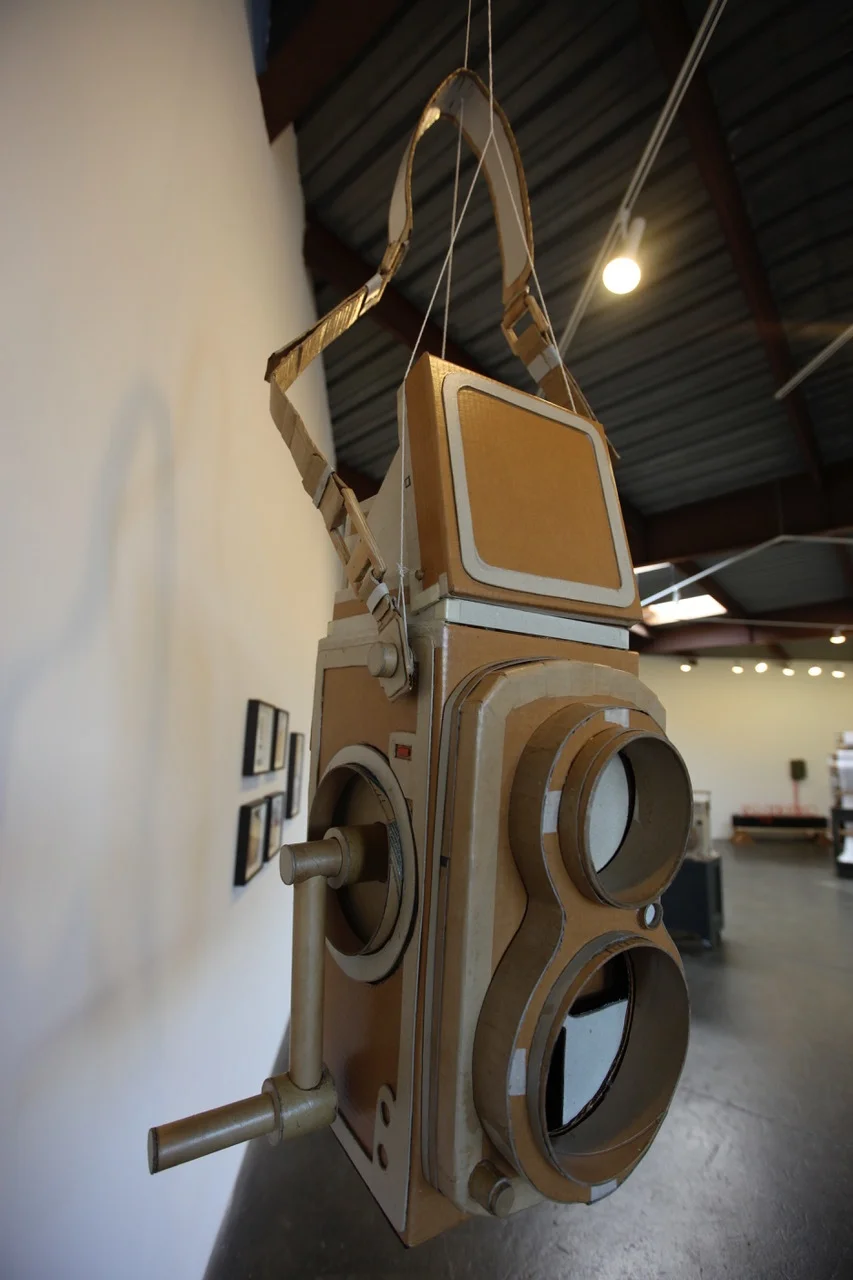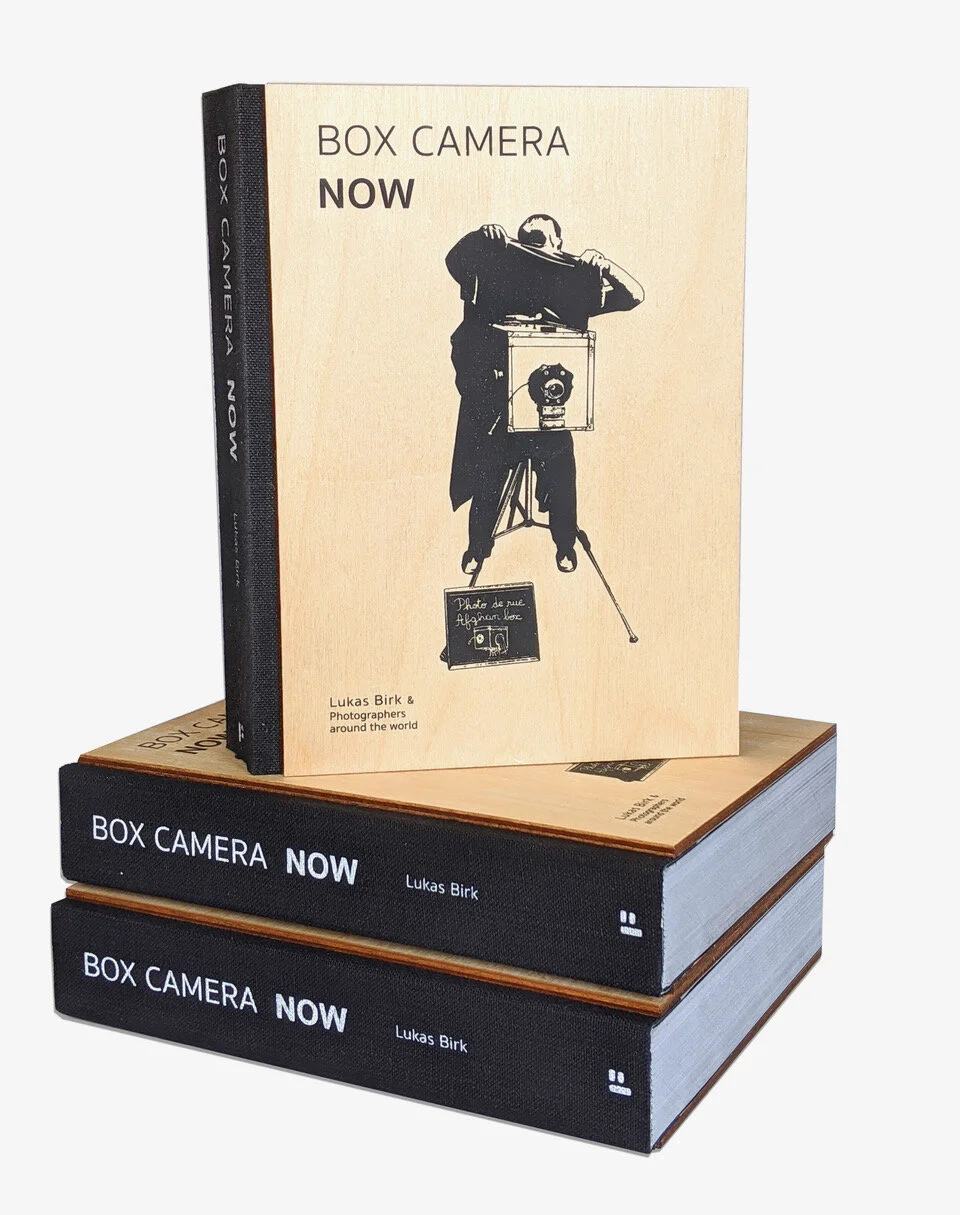“I never want to see another picture of ________.” Industry veterans share their pet peeves on themes in contemporary photography. In this series they present their “rule” along with five photographs that break the rule in an effort to show that great work is the exception to the rule."
Boys Flying, Amesville, Ohio, 1976
Rule Setter: George Slade, photography historian, writer, and curator
Rule Breaker: Nancy Rexroth
There were a lot of rule-breakers among mid-1970s American photographers. Artists in their 20s and 30s were changing the game, stepping outside of and often directly on esthetic orthodoxies in order to push the medium in new directions. The title of Bea Nettles’ 1977 manifesto spelled out the evolving mandate: Breaking the Rules: A Photo Media Cookbook. Its front cover was a constructed image that depicted Nettles “at the Last Supper with my Instamatic and sundress.”
Nettles joined a group of artists who were “[disputing] the modernist presumption that equates image sharpness with quality of information” (Robert Hirsch, from Seizing the Light: A Social & Aesthetic History of Photography). Nettles, Linda Connor, and Gary Hallman were featured in The Less Than Sharp Show, a 1977 exhibition at Columbia College, Chicago. Curator Howard Kaplan wrote that their work “facilitates the viewing of the photograph for its intrinsic value as a photograph, as opposed to a document of what once existed.” (The Museum of Modern Art’s 1978 exhibition and catalogue Mirrors and Windows: American Photography since 1960 offered the majority opinion on the rebellion. Hallman and Connor were on the list, Nettles and Rexroth were not).
In what might be construed as a side glance toward Nancy Rexroth (conspicuously absent from both Less Than Sharp and Mirrors and Windows), Kaplan notes that “the new content [of these break-away images] may now be quite loaded so as to provoke quite different associations/experiences from it.”
I’d argue that Nancy Rexroth amplified the apostasy by submitting familiar documentary to this redefinition of “quality” as she created photographic work that is truly provocative. Rexroth’s vision was consummated in the seminal publication IOWA (like Less Than Sharp and Nettles’ Cookbook, released in 1977). What the photographer describes in her introduction as “a kind of psychic journey from one emotional mood to the next—a maturation process” very quickly took hold of an excited audience. The license to use photography to convey emotional resonance launched a legion of Dianas, Holgas, Lomos, Instamatics, and other “toy” cameras employed by inspired young photographers seeking expanded truths attainable within the starchy parameters of their medium.
I was not among the students who glommed onto Rexroth’s work in the latter 1970s. IOWA was terra incognita to me until some point in the 1980s when as a maturing historian, I became aware of the toy camera esthetic and Rexroth as its leading figure. Regarding her images now I am struck by what they accomplish. They bear a passing resemblance to early 20th century Pictorialism, but for me they tread a luminous path along the quavering gothic mileposts of Ralph Eugene Meatyard and Clarence John Laughlin and, further down the road, the iconoclastic personal documentary projects of Danny Seymour (A Loud Song), Robert Frank (The Lines of My Hand), and Abigail Heyman (Growing Up Female). These latter three were released as books between 1972 and 1974, just as Rexroth’s journey was picking up steam, so it’s not unreasonable to suggest that new forms of self-descriptive narrative were becoming evident.
Hirsch describes IOWA as a “nonlinear memory book.” Nonlinear, perhaps, in its adoption of swirling and irregular visual topography. But it remains a specific project that had a beginning and an end and was conceived of as a willful effort to reflect lived experience. Rexroth used the plastic camera to construct a style I might label “emotional documentary.” Because human emotions are notoriously random and difficult to articulate, the quirky, imprecise nature of the device made it the perfect tool.
Rexroth admits that her commitment to the Diana seemed rather odd. But her passion for the work endured over six years, “until one day in Ironton, Ohio, when I realized I was no longer interested.” The project was done. And the bar had been set very high.
—George Slade
Turkeys Advance, Albany, Ohio, 1973
Folding House, New Lexington, Ohio, 1974
My Mother, Pennsville, Ohio, 1970
Theater, Vanceburg, Kentucky, 1975





































